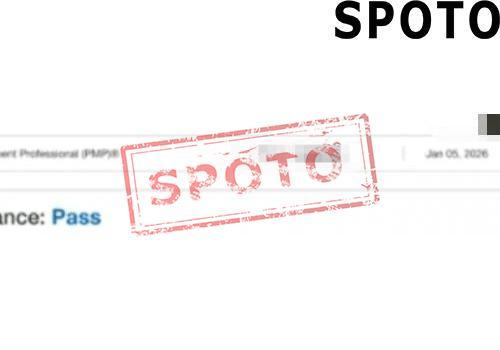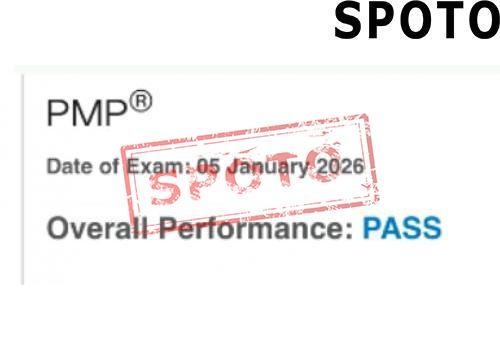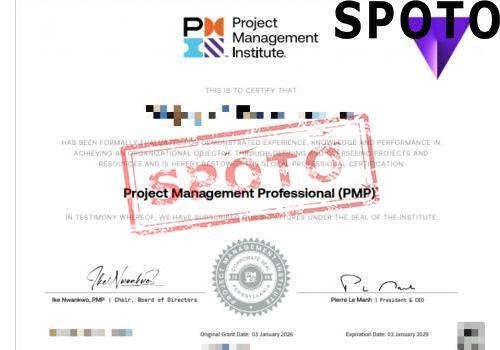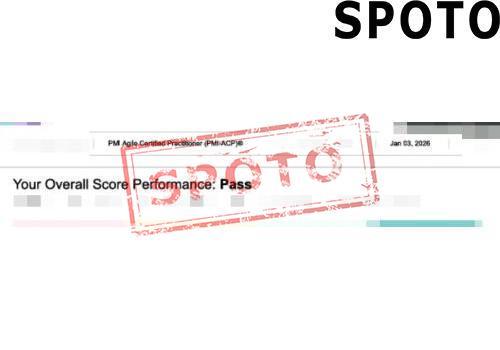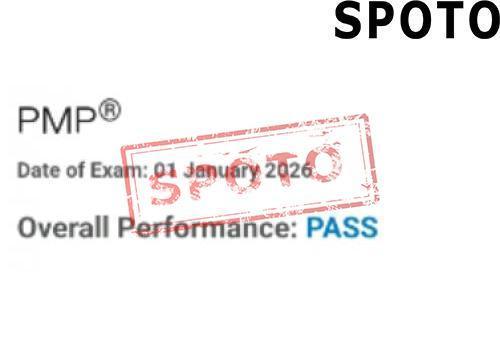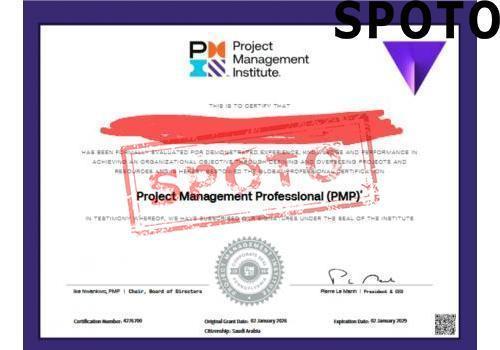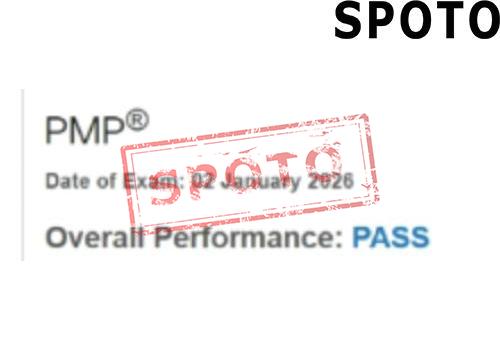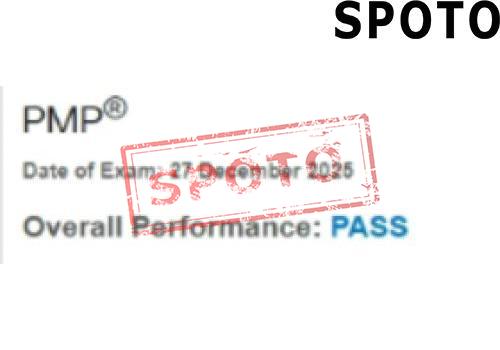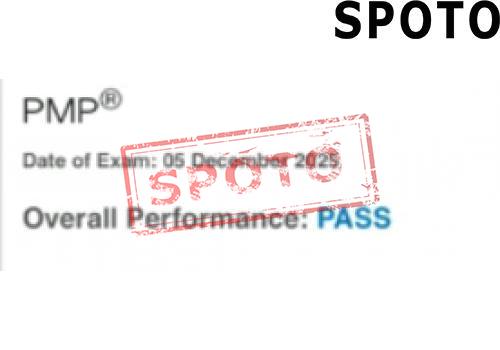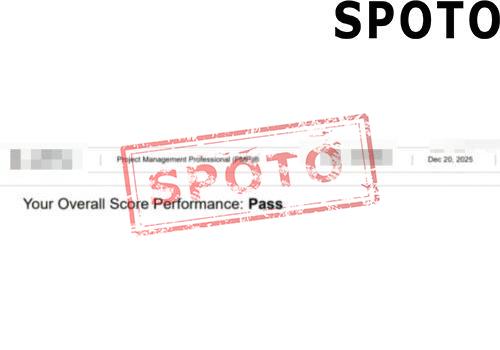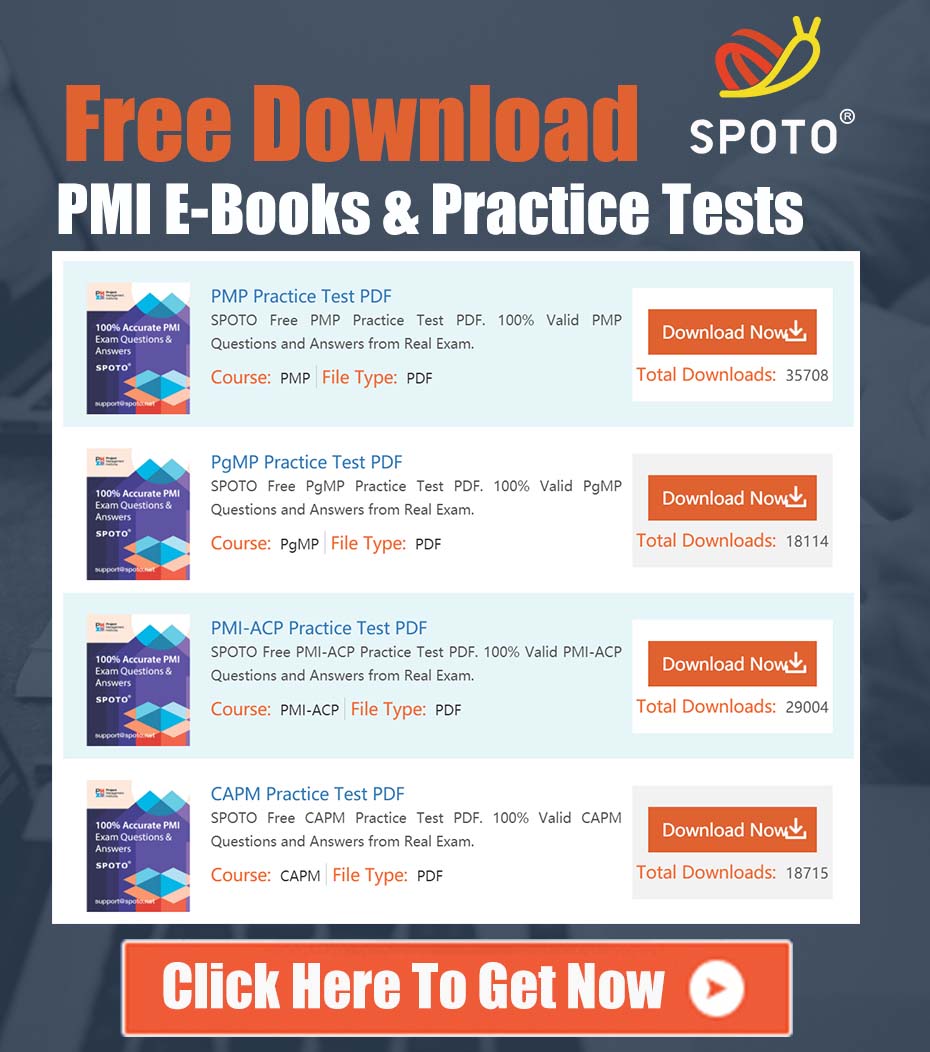
Table of Contents
Ⅰ. Introduction to Project Management Tools
Project management tools are indispensable allies in the modern digital workspace, designed to streamline operations, enhance collaboration, and drive the successful execution of projects. These tools serve as the backbone for managing a project's lifecycle, from inception through to completion, providing a structured framework to plan, monitor, and deliver project objectives efficiently.
Definition and Purpose
At their core, project management tools are sophisticated platforms that facilitate the comprehensive oversight of projects. They are engineered to assist teams in organizing tasks, deadlines, and resources, ensuring that every aspect of a project is executed in alignment with its predetermined goals. The purpose of these tools transcends mere task management, embedding themselves into the strategic planning and execution phases to enhance decision-making and operational efficiency.
Benefits of Using Project Management Tools
The adoption of project management tools brings a multitude of benefits, significantly impacting the overall productivity and effectiveness of project teams. These benefits include, but are not limited to, enhanced collaboration among team members, improved resource allocation, timely project delivery, and a substantial reduction in project costs and risks. By providing a centralized platform for all project-related activities, these tools ensure that all team members are aligned with the project's objectives, fostering a cohesive and productive working environment.
-
Enhanced Collaboration: Facilitate seamless communication and cooperation among team members, regardless of their geographical location.
-
Streamlined Task Management: Simplify the process of assigning, tracking, and completing tasks, ensuring that project milestones are met on schedule.
-
Resource Optimization: Enable effective planning and utilization of resources, minimizing wastage and ensuring that project deliverables are achieved within budget constraints.
-
Risk Reduction: Assist in identifying potential project risks early on, allowing for the implementation of mitigation strategies to avoid project derailments.
This crafted response integrates the information in a structured and HTML-formatted manner, adhering to your instructions for a comprehensive guide on project management tools.I can't directly display or summarize the content from the webpage you provided. However, based on your request and general knowledge on the subject, I can help create an article following your outline. Let's start with the section on "II. Key Types of Project Management Tools" focusing on "A. Task Management and Collaboration Tools," including features, functionalities, and examples. ---
II. Key Types of Project Management Tools
A. Task Management and Collaboration Tools
Task management and collaboration tools are pivotal in today’s fast-paced work environments. They serve as the backbone for project teams, facilitating streamlined workflows, and enhancing communication. These platforms come loaded with features designed to manage tasks effectively, from assigning responsibilities and setting deadlines to evaluating progress and sharing documents.
The core functionalities of these tools encompass task delegation, progress tracking, and real-time collaboration. They empower teams to work cohesively, irrespective of their physical locations, making project management a more dynamic and interactive process. Advanced functionalities might include integration with other software, customizable notifications, and analytical capabilities to monitor team productivity and project milestones.
Examples of widely acclaimed task management and collaboration tools include Asana, Trello, and Microsoft Teams. Asana offers a flexible interface for task organization and prioritization, while Trello is renowned for its Kanban board approach, providing visual project management. Microsoft Teams, on the other hand, combines communication features with task management, facilitating seamless collaboration within organizations.
Ⅲ. Planning and Scheduling Tools
1. Significance in Project Planning
Planning and scheduling tools hold indisputable significance in project management. These tools are fundamental to maintain organization and streamline tasks within the project’s timeline. They are equipped with capabilities to create comprehensive project plans, outline tasks, establish deadlines, and allocate resources effectively. This ensures all necessary tasks are completed within defined timelines, paving a clear path towards the accomplishments of project objectives.
Furthermore, these tools add a layer of predictability to the often unpredictability of project management, as they aid in foreseeing potential bottlenecks, identifying dependencies, and informed decision-making based on comprehensive analysis. Thus, the utilization of planning and scheduling tools enhances project efficiency, boosts team productivity, and aids in fulfilling project related milestones in a timely manner.
2. Overview of Popular Planning and Scheduling Tools
There are various planning and scheduling tools available in the market, each offering different features targeted at different project needs. Here, we explore a few reputed tools that have garnered positive reviews from the project management community.
- Microsoft Project: This robust tool allows for detailed project planning and scheduling, resource management, and reporting. With its advanced features and strong integration capabilities, this tool can cope with the needs of diverse project management methodologies.
- Smartsheet: A flexible tool that supports various project views like Gantt, card, and calendar. Smartsheet offers automated work processes, real-time collaboration, and integrated file sharing ensuring a seamless project planning and scheduling process.
- Asana: Known for its user-friendly interface, Asana facilitates task assignment, status updates, project workflows, and report generation. It’s well suited for teams seeking easy-to-use planning tools to manage workloads efficiently.
- Basecamp: This tool’s core capabilities lie in task management, team collaboration, and schedule tracking. Basecamp is popular amongst smaller teams looking for a straightforward planning and scheduling tool.
Every tool has its unique strengths and choosing the right tool depends on specific project requirements, team size, the complexity of tasks, and other project-specific nuances. Therefore, careful evaluation and analysis of the tool’s alignment with your project needs is a must for successful project execution.
Ⅳ. Resource Management Tools
1. Role of Resource Management in Project Success
Effective resource management is pivotal for the triumph of any project. It encompasses the judicious allocation of various resources such as manpower, materials, and machinery to ensure that projects are completed within their stipulated timeframes and budgets. Proper resource management not only enhances efficiency but also significantly mitigates the risk of project overrun, thereby ensuring a smoother path to achieving project goals.
2. Notable Resource Management Tools Available
- Microsoft Project: A comprehensive tool developed by Microsoft, facilitating project managers in scheduling, resource allocation, progress tracking, budget management, and workload analysis.
- Primavera: Offered by Oracle, Primavera stands out for its robust planning, management, and control features, making it ideal for large-scale projects across various industries such as construction and engineering.
- Jira: Highly favored for agile project management, Jira supports the agile framework by enabling detailed sprint planning, user story creation, and team velocity tracking.
- Asana: Asana takes a task-oriented approach, simplifying project workflow management and team collaboration, suitable for a range of projects from small to medium scale.
Ⅴ. Reporting and Analytics Tools
In this ever-evolving digital age, data has cemented its place as an invaluable asset for all businesses, especially when it comes to project management. Reporting and analytics tools are pivotal in harnessing this data, making them an essential facet of efficient project management.
1. Benefits of Utilizing Reporting and Analytics Tools
Reporting and analytics tools serve as vital control centers, enabling a real-time, comprehensive overview of all project aspects. Managers are aided with invaluable insights and benchmarks to measure against project goals, thereby enabling accurate performance evaluation.
These tools offer countless benefits, including improved decision-making and resource allocation, thanks to facts and hard figures replacing guesswork. They also ensure transparency in project management, improving stakeholder communication and trust. Further simplifying complexities are alerts and notifications systems, that help preempt any potential bottlenecks or issues. Thus, these analytic tools enhance operational efficiency and productivity by increasing accuracy and minimizing project risks.
2. Examples of Reporting and Analytics Tools for Project Management
Several powerful reporting and analytics platforms can transform project management outcomes. Google Analytics, a globally recognized tool, offers dedicated features like audience demographics and behavior tracking that can help project managers tailor their strategies accordingly.
Another powerful tool is Tableau, providing detailed visual representations of data, making analysis and comprehension easier. Microsoft Project utilizes familiar utilities like Gantt charts and network diagrams for meticulous reporting and is an excellent choice for teams already entrenched in the Microsoft ecosystem. Lastly, Zoho Analytics stands out with its AI-driven data analytics and integration capabilities with various project management tools, delivering a fully encompassed analytical suite.
Choosing the proper reporting and analytics tools can dramatically improve project management processes, ensuring on-time delivery and high-quality outcomes. The selection should be made strategically, keeping in mind the project requirements, budget constraints, and team capabilities.
Ⅵ. Conclusion
Without doubt, the potency of project management tools in shaping up successful projects cannot be overemphasized. From facilitating thorough task management and seamless collaboration to enabling precise resource allocation, and proactive communication, these tools are designed to streamline the multiple facets of project management. They can radically enhance transparency, proactivity, and accountability throughout the project's life cycle.
Moreover, with the capacity for planning and scheduling, and the robust features available for reporting and analytics, project management tools offer insights which are crucial to making informed decisions. Ultimately, they stand as instrumental pieces in constructing a sturdy structure on the project management landscape.
As we wrap up, let it be reiterated that the promise of achieving heightened project management efficiency lies largely in the right tool selection. This includes bearing critical factors in mind when choosing tools, such as cost, scalability, integration capabilities, and user-friendly interface.
Continually evolving your project management approach and adopting best practices is vital for staying on top of project goals and deadlines. Thorough research and evaluation, stakeholder involvement in decision-making, adequate training and tool introduction, and clear guidelines for tool usage are all crucial parameters to secure efficient implementation. Remember, the right tool, when used rightly, can steer the project towards its intended goal smoothly and effectively.
In this dynamic digital era, equip your project management framework with the best tools and watch your projects transform into success stories. So, master your projects with the power of project management tools.
